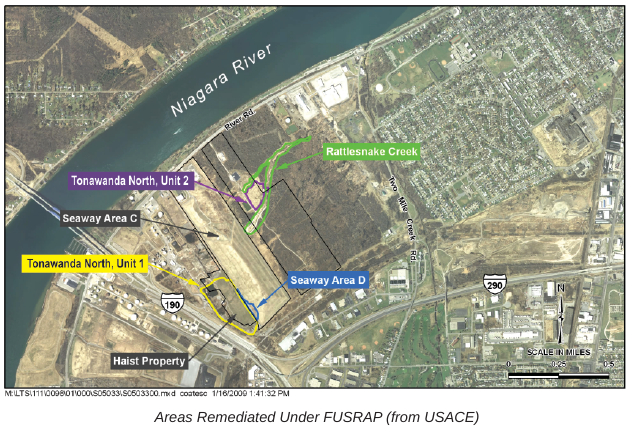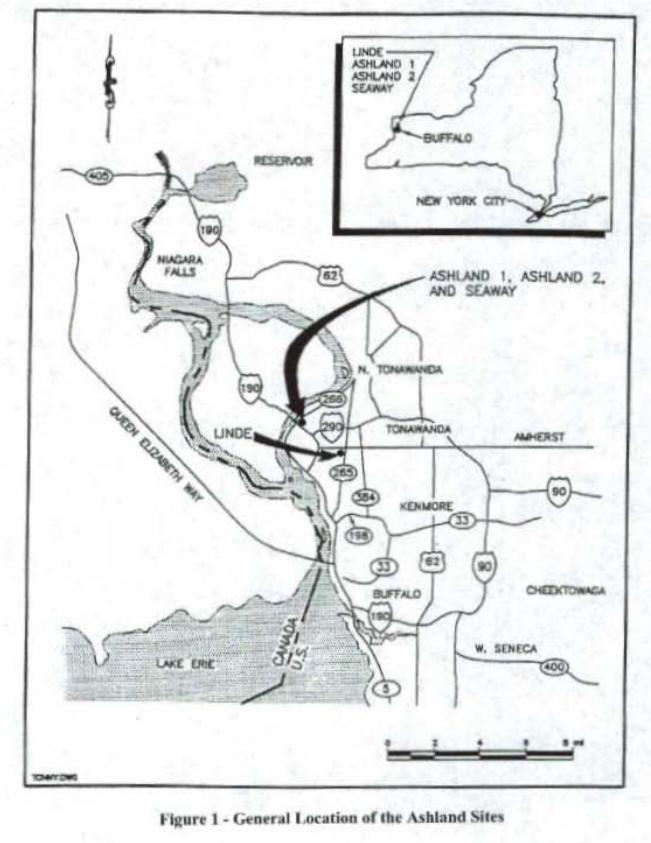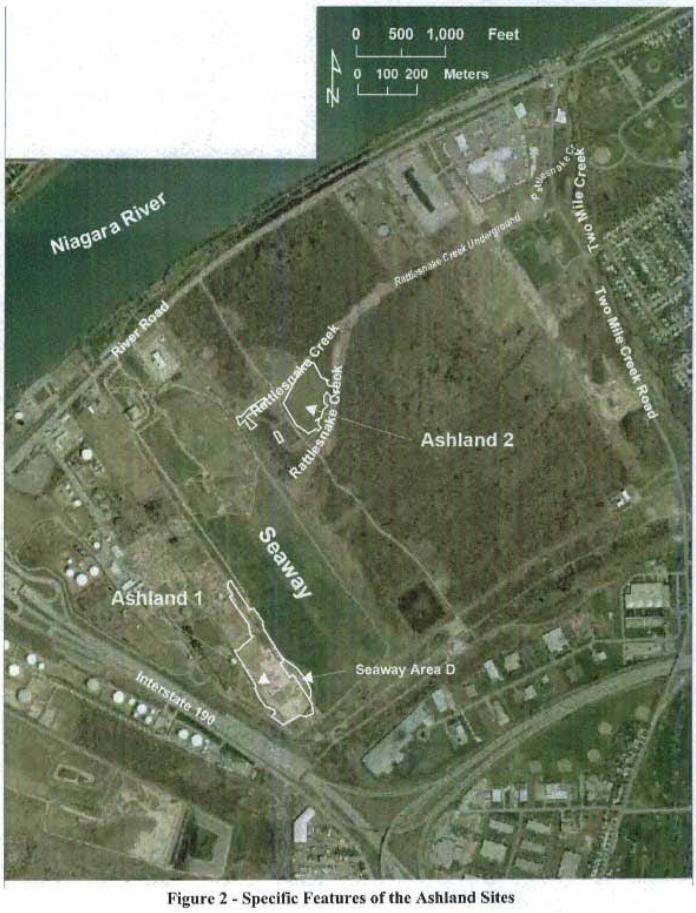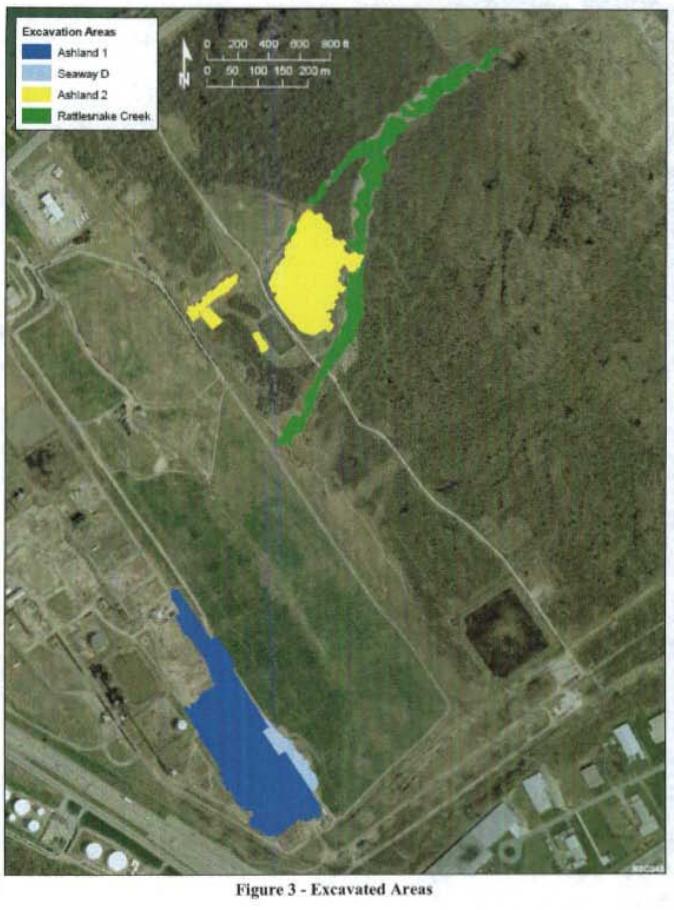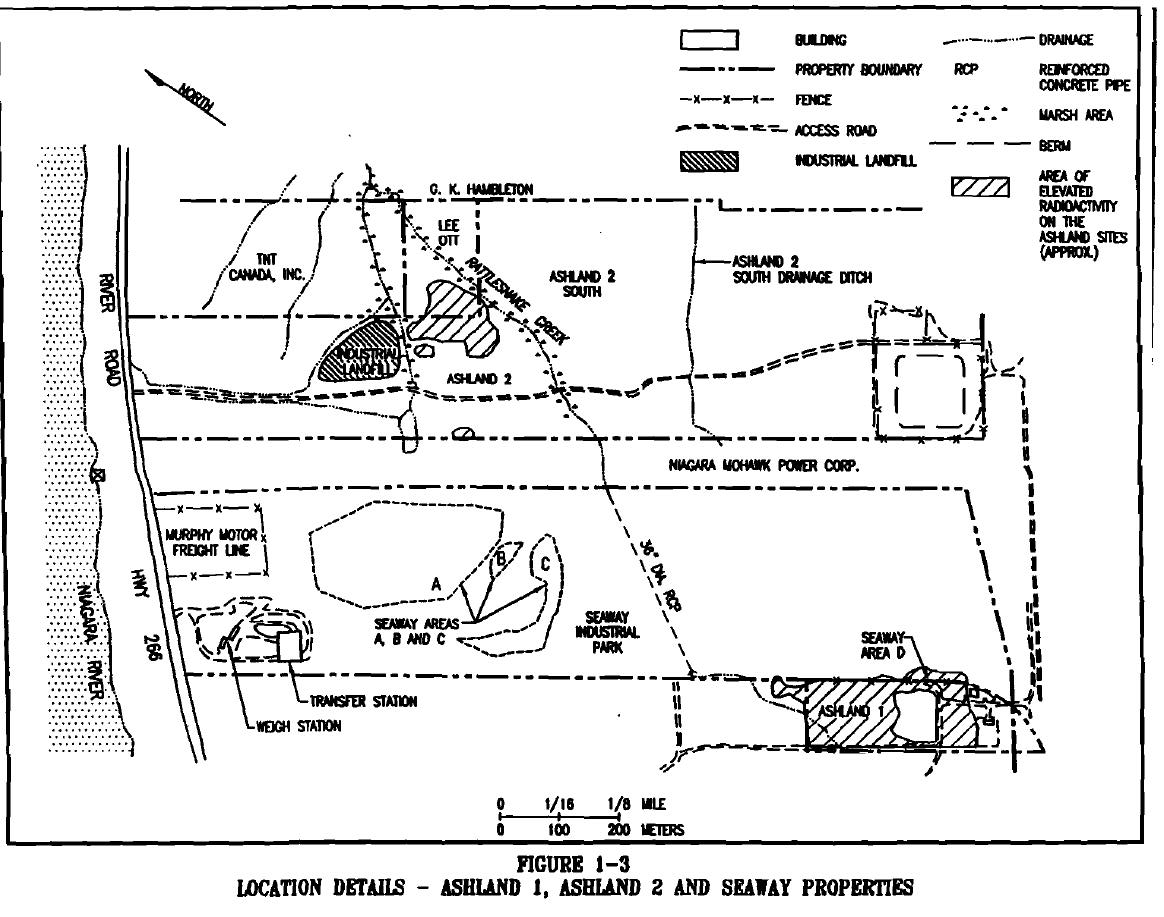The EEOICPA was passed in 2000. It provides compensation to workers who became ill as a result of their employment manufacturing nuclear weapons in the USA, as well as their spouses, children, and grandchildren. Ashland Oil EEOICPA coverage is available for qualified former Workers and their families.
Are you eligible for compensation? If you or a family member worked at this or another AWE facility and became ill, you may be entitled to compensation of up to $150K plus medical benefits. Call EEOICPA Counsel Hugh Stephens at 1-855-548-4494 or fill out our free claim evaluation, We can help even if you’ve already filed, even if your claim was denied!
Here, we have compiled publicly available information and documentation about the facilities covered by the Act to clarify how their activities relate to the Energy Employees Occupational Illness Compensation Program Act.
Ashland Oil
Also Known As: Ashland #1, Ashland #2, Ashland Oil Company, Haist Property, E. Haist and co owners
State: New York
Location: Tonawanda
Time Period: AWE 1944-1960; 1974-1982; Residual Radiation 1961-1973; 1983-2006
Facility Type: Atomic Weapons Employer
Facility Description: In August 1944, the Manhattan Engineer District purchased the Ashland #1 property, formerly known as the Haist Property, for use as a disposal site for approximately 7,250 metric tons (8,000 tons) of uranium ore tailings and concentrate refining residues generated at the nearby Linde site. When the uranium residues were transported to the Ashland #1 site, they were spread over two-thirds of the property to estimated depths of 0.3 to 1.5 meters (one to five feet). In 1960, the Atomic Energy Commission determined that the levels of residual radioactivity atAshland #1 site were below then current criteria and released the land as surplus. The Ashland Oil Company eventually acquired the property. From 1957 to 1982, the Ashland Oil Company used a portion of the Ashland #2 site as a landfill for disposal of general plant refuse and industrial and chemical wastes and materials. Between 1974 and 1982, Ashland Oil transported from the Ashland #1 site an unknown quantity of soil mixed with radioactive residues to the Ashland #2 landfill.
Although the Ashland Oil facility was designated for the Formerly Utilized Site Remediation Action Program (FUSRAP) in 1984, no actual remediation under this program occurred prior to its transfer to the Army Corp.
During the period of residual contamination, as designated by the National Institute for Occupational Safety and Health and as noted in the dates above, employees of subsequent owners and operators of this facility are also covered under the Energy Employees Occupational Illness Compensation Program Act.
*Site Description and History:
The Tonawanda North, New York, Site, Units 1 and 2,formerly called the Ashland Oil #1 and #2 sites, are located in Tonawanda, New York, a suburb of Buffalo. The Tonawanda North site comprise three areas: Unit 1 (Ashland Oil #1, which Includes Seaway Area D), Unit 2 (Ashland Oil #2 and Rattlesnake Creek), and Unit 3 (Seaway Area C). Only Units 1 and 2 have been closed and transferred to the U.S. Department of Energy (DOE) Office of Legacy Management (LM) for long-term surveillance and maintenance.
As part of the nation’s early atomic energy program, the former Linde Air Products Division of Union Carbide Corporation processed uranium ores at its facility in Tonawanda. This work was conducted under contract to the Manhattan Engineer District (MED) from 1942 to 1946.
From 1944 to 1946, about 8,000 tons of wastes from processing low-grade uranium ore were transported from Linde to a 10-acre area known then as the Haist property, now called Tonawanda North, Unit 1. In 1960, the property was transferred to the Ashland Oil Company for use in the company’s oil refinery activities.
The Ashland Oil Company used a portion of what is now Tonawanda North, Unit 1 as a landfi ll for disposal of general plant refuse and industrial and chemical by-products. In 1974, the Ashland Oil Company constructed a drainage ditch and a bermed area for two petroleum product storage tanks on Tonawanda North, Unit 1. Soil removed during construction contained radioactive residues, and the Ashland Oil Company transported the contaminated materials to the Seaway Landfill and Ashland Oil #2 sites for disposal. In 1982, Ashland Oil closed the industrial landfill and covered it with clay and soil; the property became covered with grass and shrubs over time.
The primary radioactive materials at the Ashland Oil #1 and #2 sites were uranium-238, radium-226, thorium-230, and their decay products. Some chemical residues from MED activities were also present. DOE determined that the site was eligible for cleanup under the Formerly Utilized Sites Remedial Action program (FUSRAP) in 1984. A Record of Decision for the Ashland Oil #1, Seaway Area D, and Ashland Oil #2 sites was signed on April 20, 1998. Cleanup at the Ashland Oil #2 site was completed in 1999; more than 52,000 tons of material was excavated and shipped offsite for disposal. Cleanup at the Ashland Oil #1 site was completed in 2003; 173,000 tons of material was excavated and shipped offsite for disposal.
Results of sampling conducted by the U.S. Army Corps of Engineers (USACE) during cleanup of the Ashland Oil #2 site indicated that historical activities had contaminated portions of nearby Rattlesnake Creek, and additional cleanup would be necessary. An Explanation of Significant Differences was issued in 2004 to include Rattlesnake Creek in the Ashland Record of Decision. Remediation of Rattlesnake Creek began in May 2005 and was completed in September 2005. More than 33,000 tons of material was excavated and shipped offsite for disposal. The cleanup of Rattlesnake Creek completed the remediation of all areas included in the 1998 Record of Decision. USACE officially observed the completion of the work at the sites on September 14, 2006.
Listing:
Ashland Oil is listed as an Atomic Weapons Employer (AWE) under the EEOICPA.
Compensation:
As of 03/08/2015, the total compensation paid under Part B of the EEOICPA, including medical compensation, for workers suffering from the effects of having worked at Ashland Oil is $1,517,258.
Ashland Oil Workers:
If you or your parent worked at this or any other AWE facility and became ill, you may be entitled to compensation of up to $150K plus medical benefits from the US Department of Labor. Call EEOICPA Counsel Hugh Stephens at 1-855-EEOICPA (336-4272) or fill out the form to the right, whether or not you have already filed a claim and even if your claim has been accepted or denied.
We can help with all OWCP (Federal Workers Compensation) claims, impairments, wage loss and health care. 2495 Main Street, Suite 442 Buffalo, NY.
**
**Source
***
***Source


















